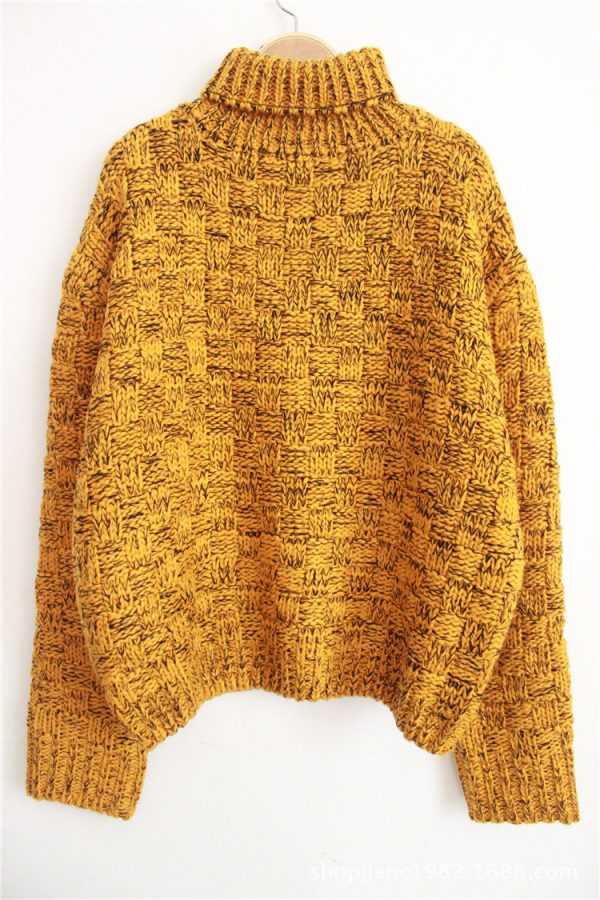Sustainable Clothing: The Impact of Our Clothing on the Environment
March 18, 2018
While shopping, in-store and online, many don’t stop to think about the fibers in their clothes and their effect on the environment. So how do our clothes relate to the environment? During production of various fibers which make up clothing, harmful emissions are released to the environment, or plants and animals are harmed in the process. In addition, harmful chemicals are used to make the materials look or feel a certain way. As a consumer, you can help by becoming aware of this issue and reducing your environmental footprint by buying environmentally-friendly fibers and avoiding the ones that aren’t. Below is a helpful list of good and bad fibers, so remember to check the tag on your clothing the next time you shop!
Good Fibers
Organic Cotton
- GMO-free seed
- No pesticides or other harmful chemicals
- Caring for soil makes it healthy for new plants to grow and to support diverse animals
- Conserves water
Tencel
- Soft texture similar to silk
- Breathable
- “Cotton alternative”
- From professionally-grown eucalyptus trees
- Reduces waste, as 98% of by-products are reused
Lenzing
- Made from beech trees
- Reuses by-products in a system that strives to reduce waste
Recycled Polyester
- Fleecy texture
- Made from recycled plastic such as used water bottles
- Less plastic goes to landfills
- Less toxic emissions
- Less waste
- Less contamination of water, air, and soil
- Production reduces water use
Recycled Wool
- Threadbare and leftover wool spun into new clothing
- Good as new!
- Reduces landfill waste
- Uses less resources in production
Bad Fibers
Acrylic
- Cheap, but bad quality (clothing pills over time)
- Made from a known carcinogen and based on petroleum (non-renewable resource)
- Uses many chemicals
- Toxic by-products
- Wastes energy
- Wastes water which is filled with so many chemicals it is hard to clean again
- Can’t recycle fibers again
Bamboo
- Uses many chemicals to transform thick bamboo plants into soft fabric
- Bamboo is limited, and unmonitored harvesting harms animals and the ancient bamboo forests
Conventional Cotton
- Pesticides and artificial fertilizers
- Poisons water, air, and soil which affects humans and animals
Rayon Viscose
- Feels like other soft fibers
- Cheap, but harmful to environment
- Use unmonitored forests for resources
- Chemicals needed to make fibers thin enough
- Gives off toxic byproducts
Silk
- Silkworms boiled alive to extract thread
- Huge amounts of chemicals such as growth hormones are given to the plants the silkworms eat
- Overuse of energy


